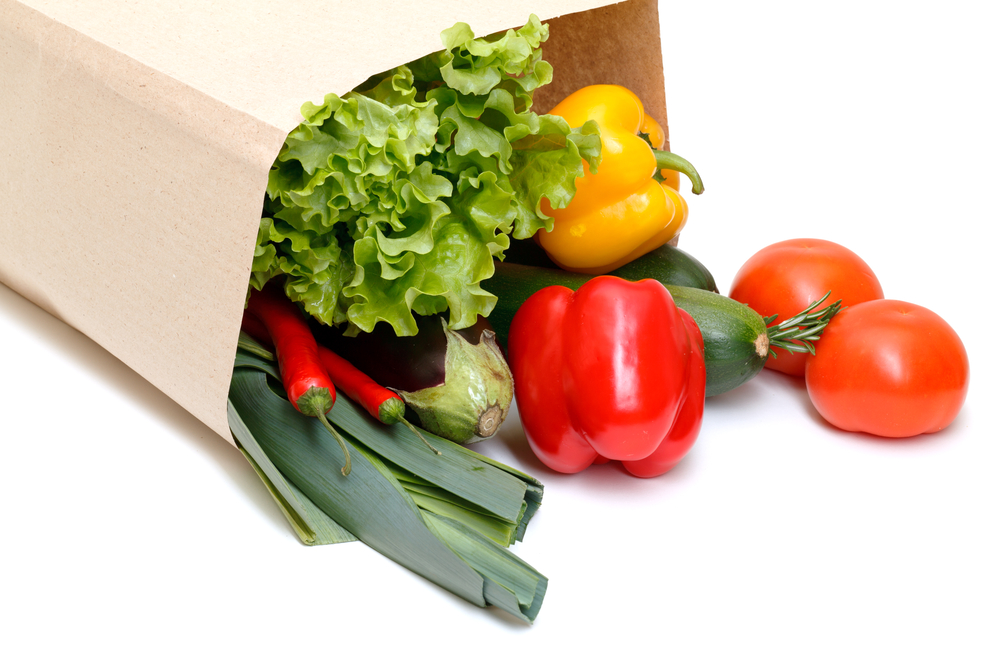In early 2018, the Centers for Disease Control (CDC) reported an outbreak of E. coli found in romaine lettuce, which sickened nearly 200 people and killed five. Right before Thanksgiving, another outbreak caused the CDC to recall all romaine, fresh and bagged. In the fall, over 19 million pounds of ground beef were recalled in three separate salmonella outbreaks.
Is our food out to get us? If you think you’re seeing more reports of foodborne illness these days, you’re right. So why are these reports increasing, and what can you do about it?
Shift in Food Culture and Economy
The boost in foodborne illness can be traced to one source: our changing food habits. New diets, a complex food economy and advanced technology are all part of the American food culture. Three key parts of how we consume food are causing more outbreaks:
- Healthy, easy eating. The deadliest illness offender? Produce. While food sickness is usually associated with tainted meat, it’s fruits and veggies that are the most often contaminated – especially greens like lettuce and spinach. Cooking can kill dangerous pathogens, leaving raw produce more susceptible. A stronger focus on a health-conscious diet has encouraged consumers to buy more greens. And the easiest way to purchase your leafy sustenance? Bagged salads.Millions of pounds of greens are cut, washed and then bagged for your convenience. But once those greens are in a bag, they are introduced to a moist and enclosed breeding ground for bacteria. The packaging process also makes it more difficult to find the cause of contamination and prevent more people from getting sick. Different lettuces grown at different farms are all mixed together into bags that are distributed to supermarkets and restaurants all over the country. This makes it harder for food safety officials to find a common link among farms and suppliers.
- Imported food. A global economy and adventurous tastes have encouraged more food imports than ever before. Currently, 80 percent of all seafood in the U.S. is imported. Half of our fruits and a third of our vegetables are imported, with estimates that this number will increase by 45 percent in the next decade. Access to healthy, inexpensive food is a great benefit of imports, but imported food is harder to regulate and track. The U.S. Food and Drug Administration (USDA) only samples about 1 percent of all food imports. Cases of food fraud in places like China and Costa Rica raise many questions about the safety of what is brought into the U.S.
- Better technology and reporting. The good news? Higher numbers of food illness reports can actually mean food is getting safer. About 1,600 deaths from foodborne illness happen each year where the pathogen is unknown, and they are classified as sporadic. The CDC is getting better at analyzing the links between various outbreaks, which helps them identify the source, announce recalls and prevent more illness. In 2008, the public-health community began using a new method of DNA fingerprinting called whole genome sequencing, which has led to a large spike in detected outbreaks. According to Benjamin Chapman, a professor of food safety at North Carolina State University, “We’re getting better at detecting the outbreaks, and there are better-trained public-health individuals now looking to solve foodborne illness outbreaks than we’ve ever had.”
Tips for Food Safety in Your Home
Food is sustenance, food is communion, food is delicious! We can’t live without it. So how do you keep yourself safe? If you’re going out to eat, do your best to find out if the restaurant is clean. Check on the ways restaurants are rated with this guide. However, most food contamination starts in the home. The CDC recommends four steps to prevent foodborne illness:
- Clean: Wash hands and surfaces before and after handling food, but also after using the bathroom, handling pets or tending to a sick person. Wash all produce thoroughly before consumption.
- Separate: Don’t cross-contaminate. Use separate cutting boards for meat and produce, and always wash thoroughly after use. Throw out old or difficult to clean cutting boards. Do not use platters or plates for cooked food that previously held raw food.
- Cook: Cook to proper temperatures. Use a food thermometer to cook your food to the safe minimum internal temperature and always wash it after use.
- Chill: Refrigerate food promptly in airtight containers. Use up leftovers quickly.
